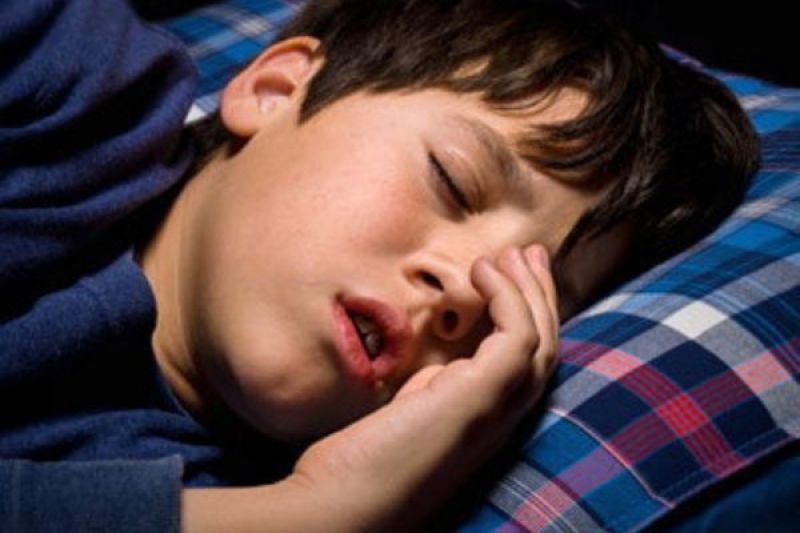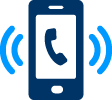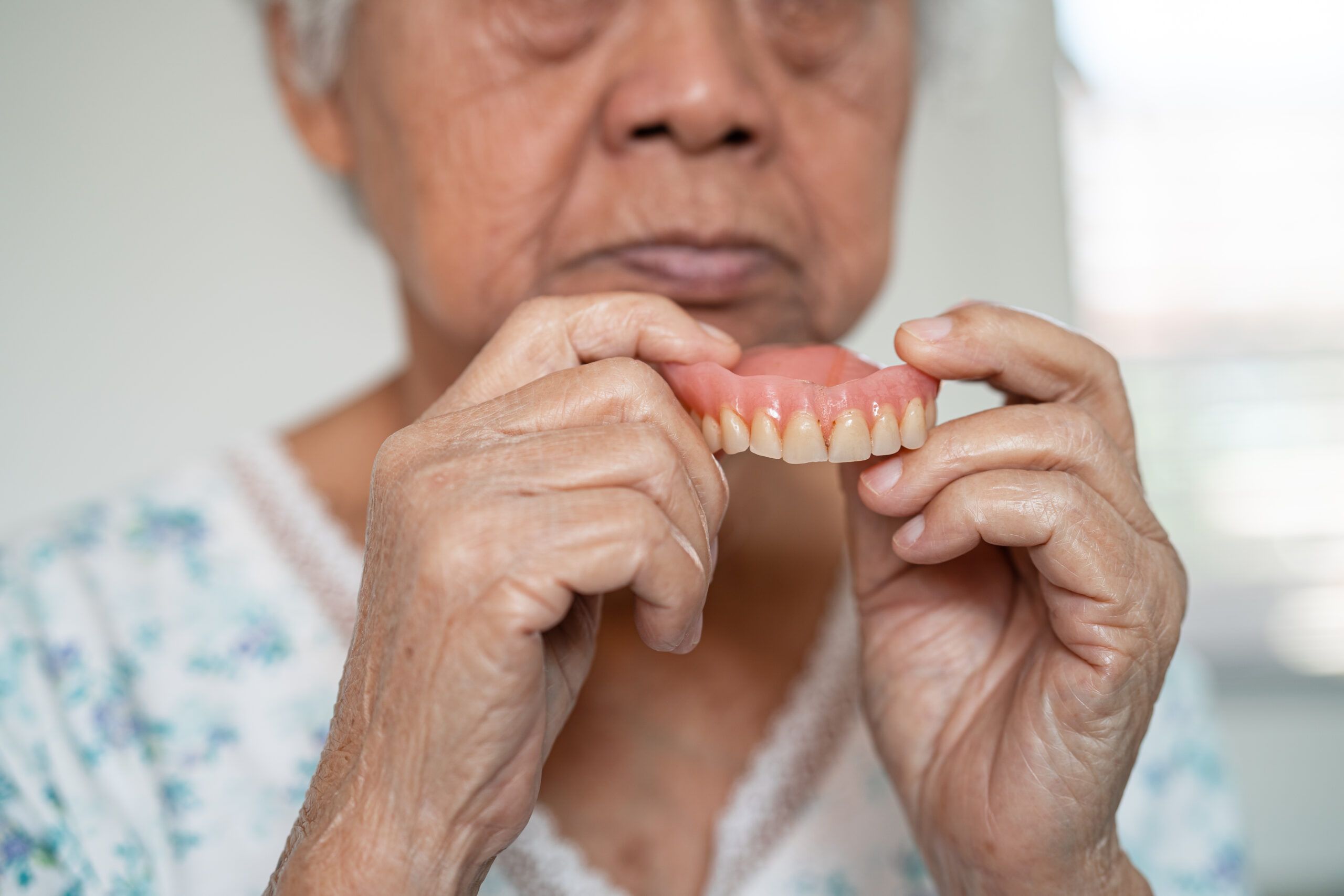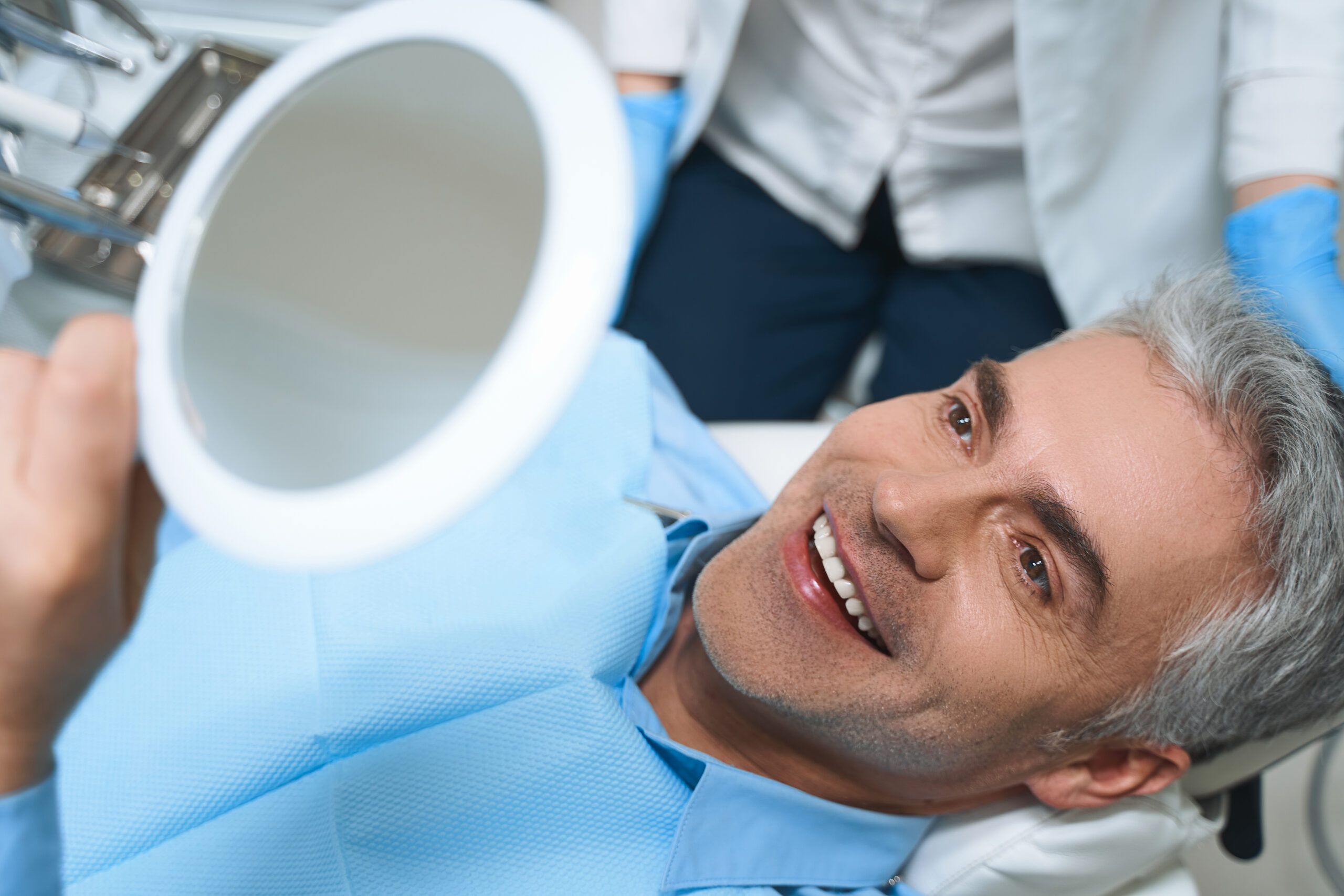
Sleep Apnea & Behavior Problems In Children
The number of children diagnosed with Attention Deficit Hyperactivity Disorder (ADHD) has been steadily increasing over the past decade. Yet according to a recent study, many children diagnosed with this condition don’t really have it; their behavioral problems are actually related to sleep-related breathing disorders (SRBD), such as sleep apnea.
The 2012 study, published in the journal Pediatrics, followed more than 11,000 children for six years, starting when they were 6 months old. The children who had SRBD were 40 percent to 100 percent more likely than kids without breathing issues to develop behavioral problems resembling ADHD by the age of 7. So if your child is exhibiting ADHD-like symptoms — or has even been diagnosed with ADHD — it’s worth considering whether interrupted sleep might be an issue.
It makes perfect sense when you think about it: A well-rested individual, young or old, can function a lot better on a good night’s sleep. Yet a lack of sleep affects adults and children differently. While sleepy adults tend to act sluggish and drowsy, sleep-deprived kids are more likely to become hyperactive, uncooperative and unable to focus — just like kids with ADHD.
So What Exactly Is SRBD?
The condition is characterized by recurrent episodes of interrupted breathing during sleep. The child’s airway becomes blocked by soft tissues near the back of the throat — tonsils or the tongue, for example — that partially close off the windpipe. These tissues can vibrate as air passes by, causing snoring. It’s often worse while sleeping on one’s back because this encourages the lower jaw to slip back, which in turn pushes the tongue in front of the airway.
Overweight children have a higher incidence of sleep apnea due to fatty tissue deposits in the soft palate, which decrease the size of the child’s airway.
Does your child have a sleep-related breathing disorder? You can gather clues to report to your health professional by observing your child sleeping. Look for the following signs:
- Snoring
- Pauses in breathing
- Chronic mouth breathing
- Constant tossing and turning
- Night panics
- Bed-wetting
How Is Sleep Apnea Treated In Children?
There are various treatments that can be very effective, depending on the cause. Enlarged tonsils and adenoids can be surgically removed. A therapy known as Continuous Positive Airway Pressure (CPAP) involves the use of a machine that delivers mild air pressure through a mask worn during sleep to keep the airway open.
How palatal expanders work.
Dentistry also can also play a role in treatment. For younger children who are still growing, the use of an orthodontic appliance called a palatal expander has proven helpful in some cases. A palatal expander gently widens the roof of the mouth (palate) over time by separating bones that don’t permanently fuse together until puberty. It’s most often used to create more room for crowded teeth, but the expansion can also increase airflow.
Older children who have stopped growing can sometimes benefit from Oral Appliance Therapy (OAT). This involves wearing a custom-made oral appliance designed to reposition the jaw during sleep so that the tongue is held away from the back of the throat, reducing the potential for obstruction.
The first step is to figure out what’s keeping your child from getting the restful sleep that’s so crucial to good health and well-being. For that to occur, and for your child to receive the best treatment, you will need to see a trained professional.
Table of Contents
More Categories
Other Articles You May Be Interested In











